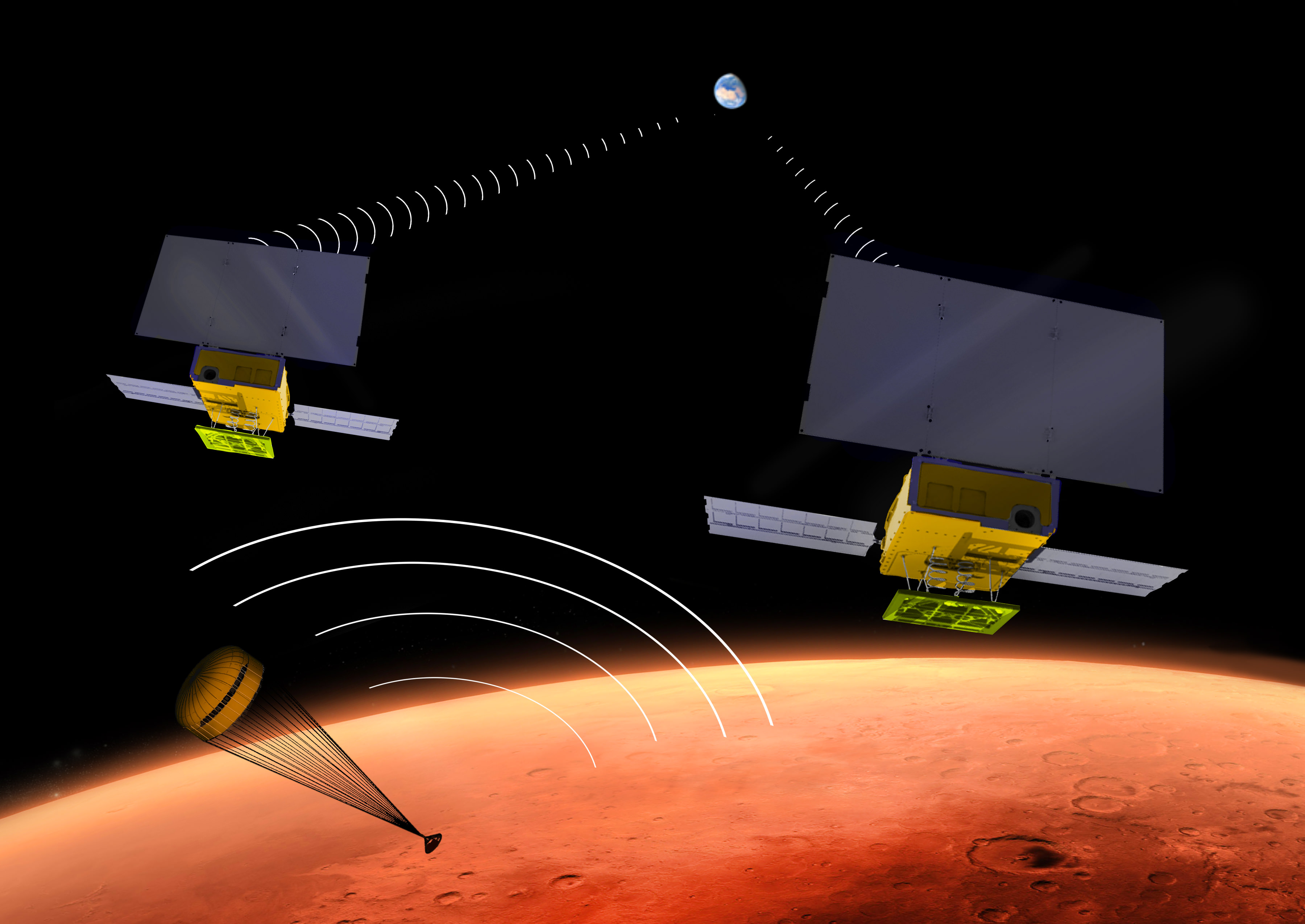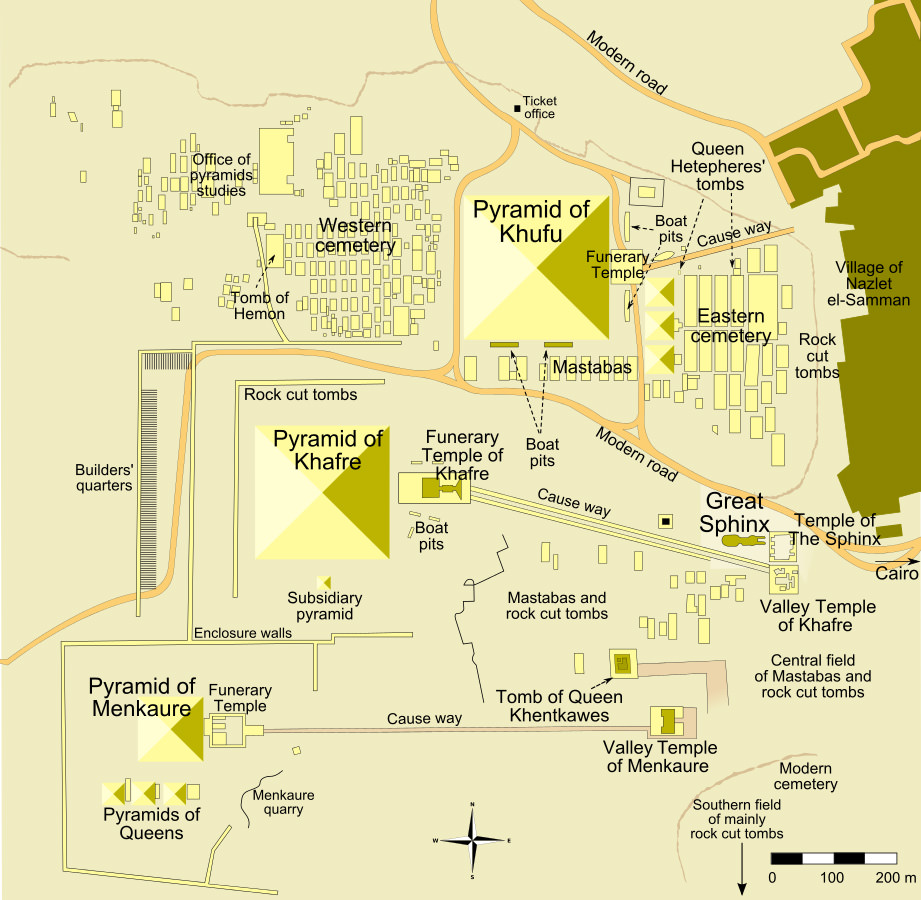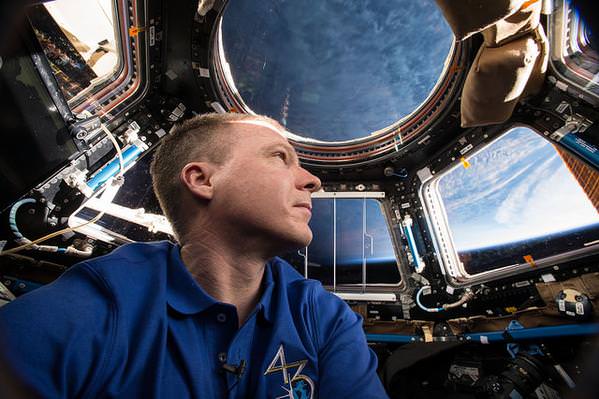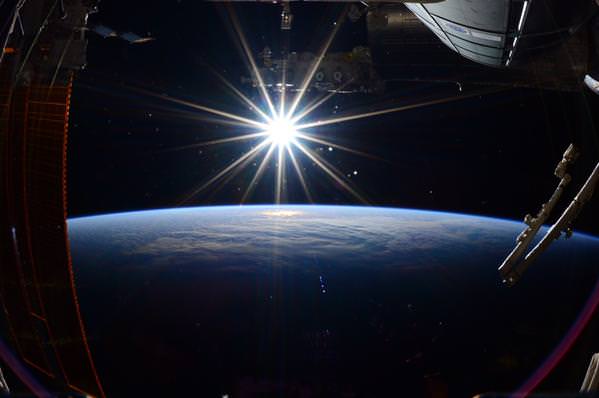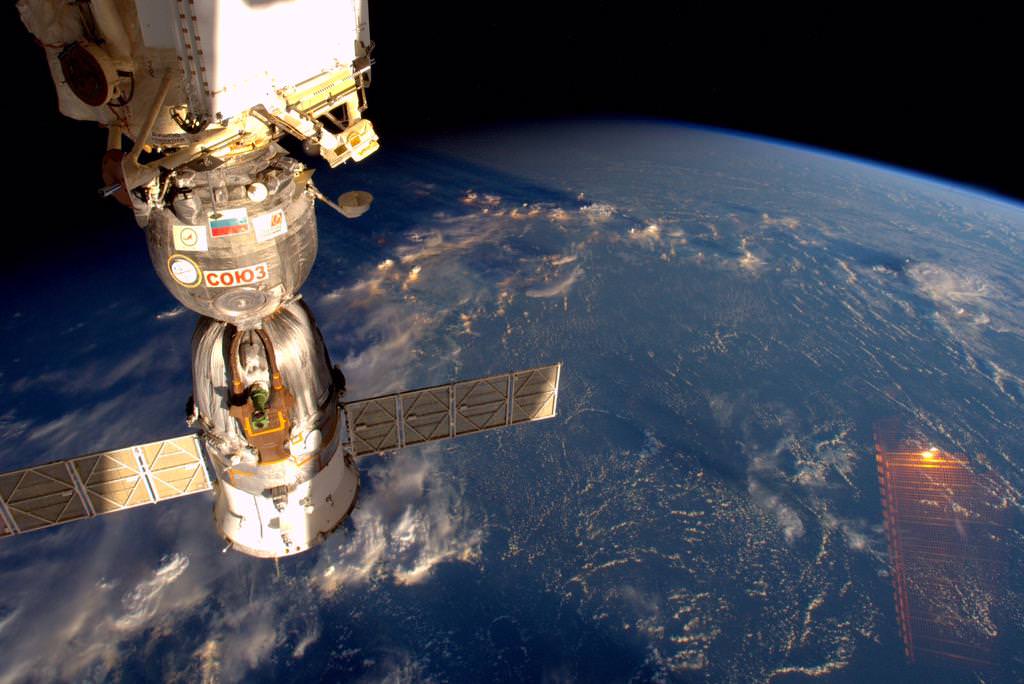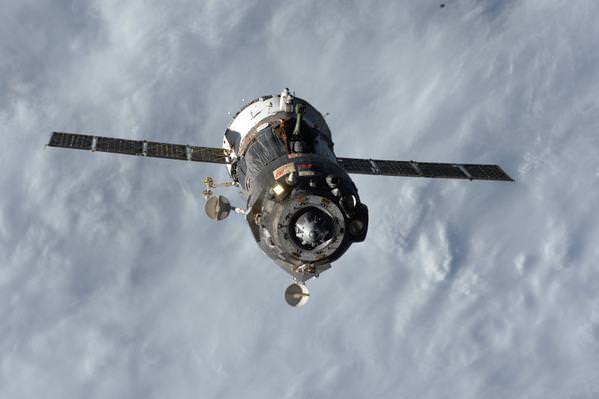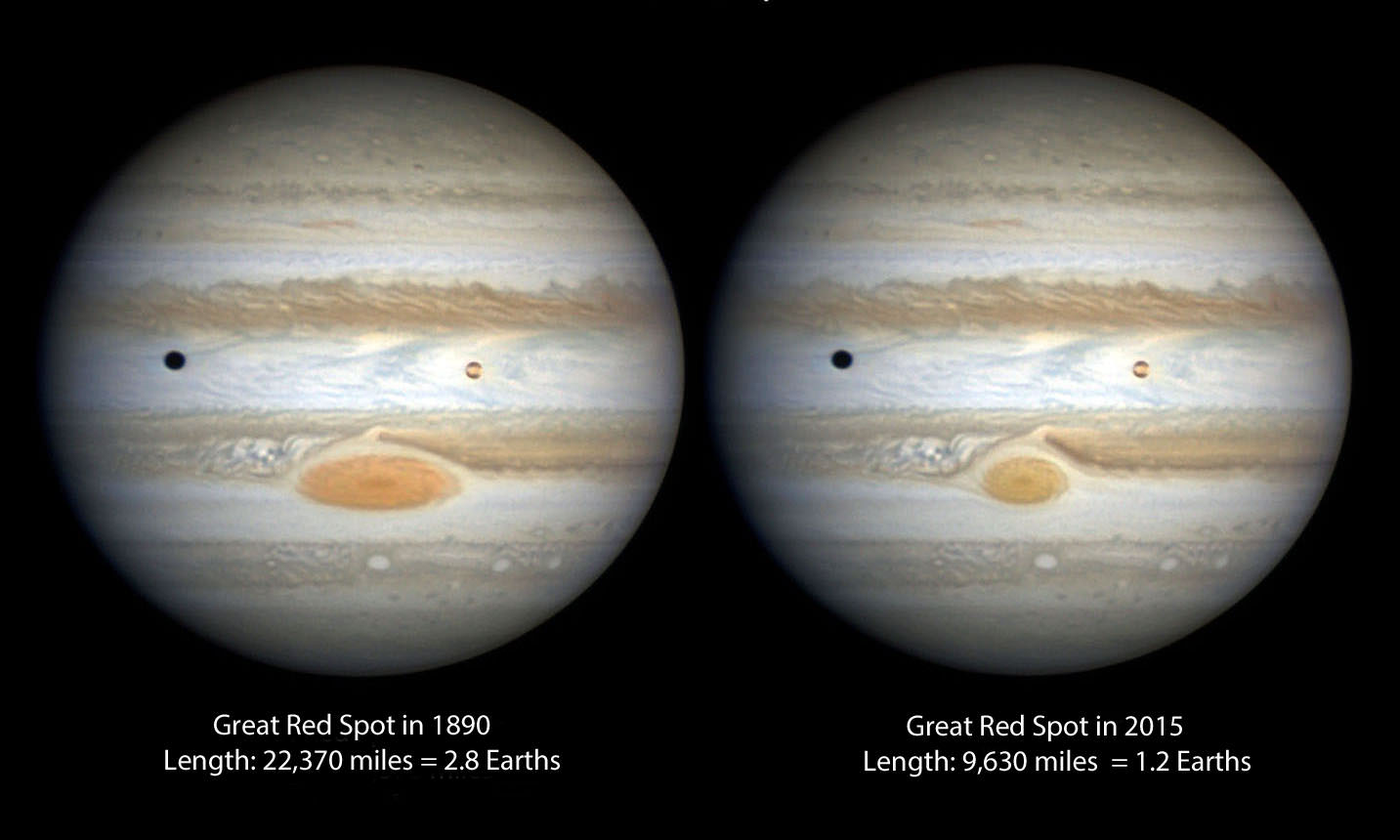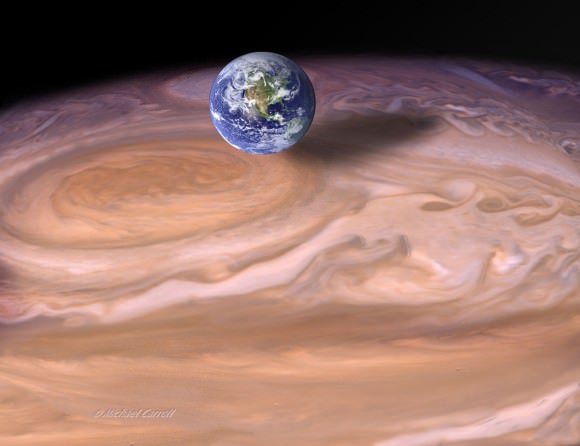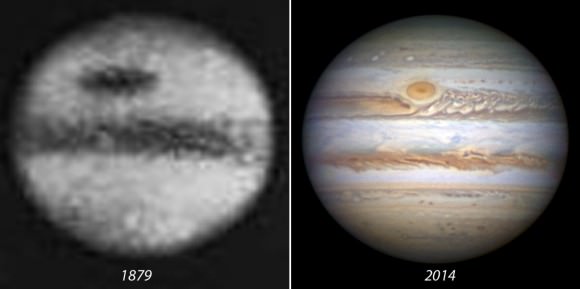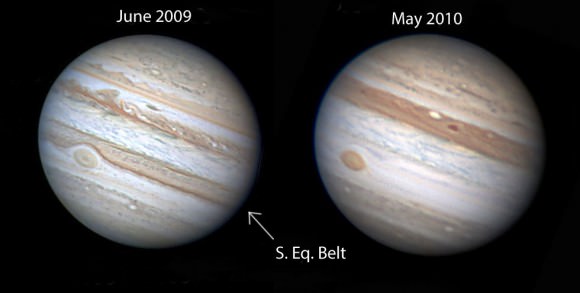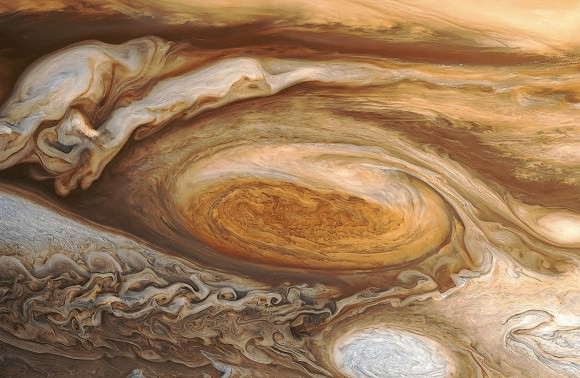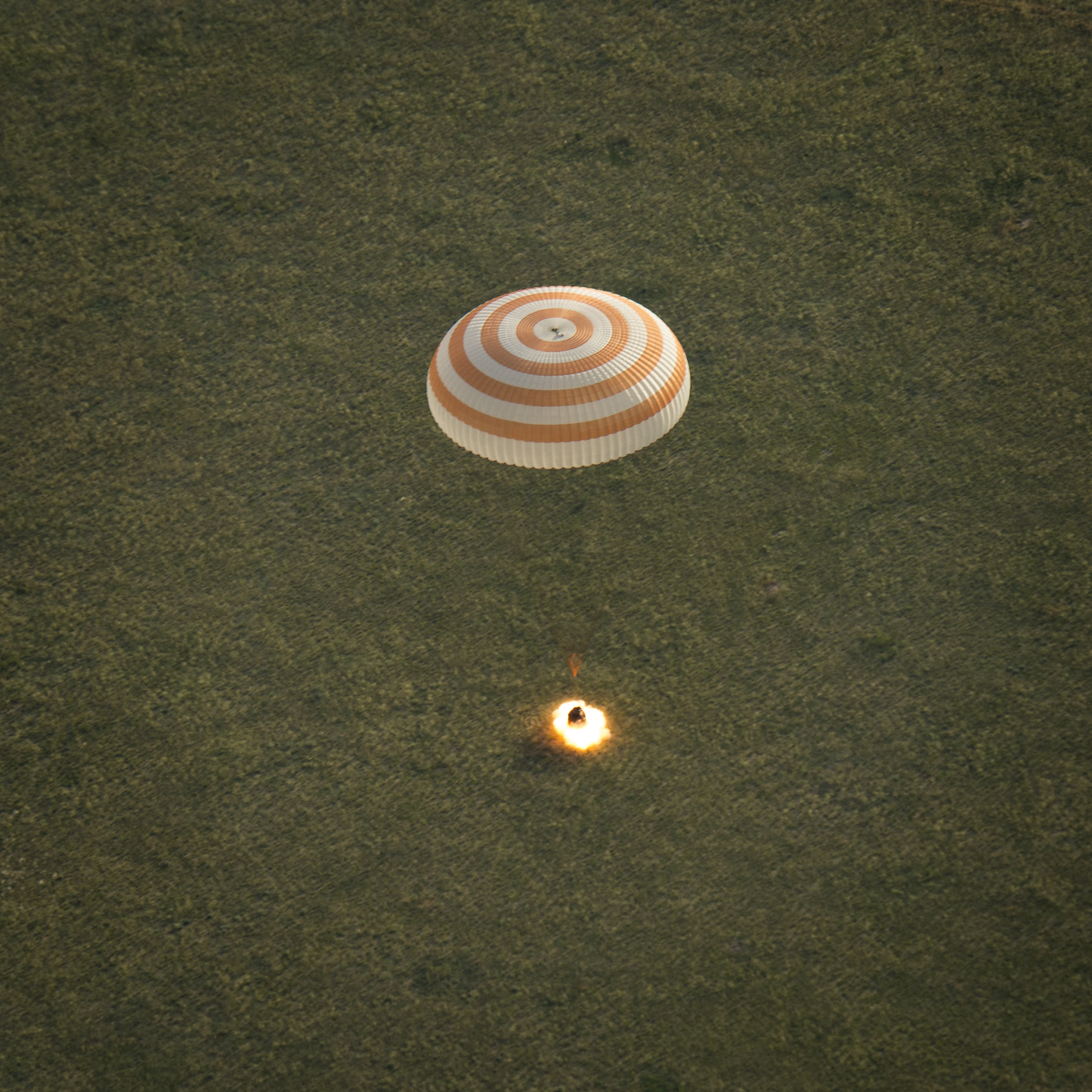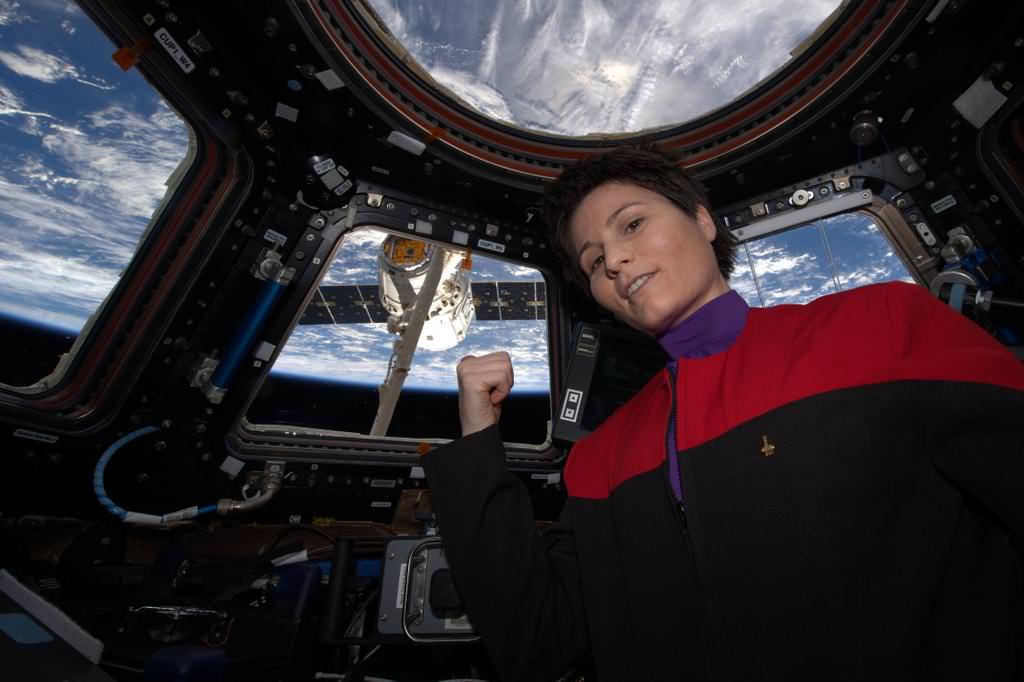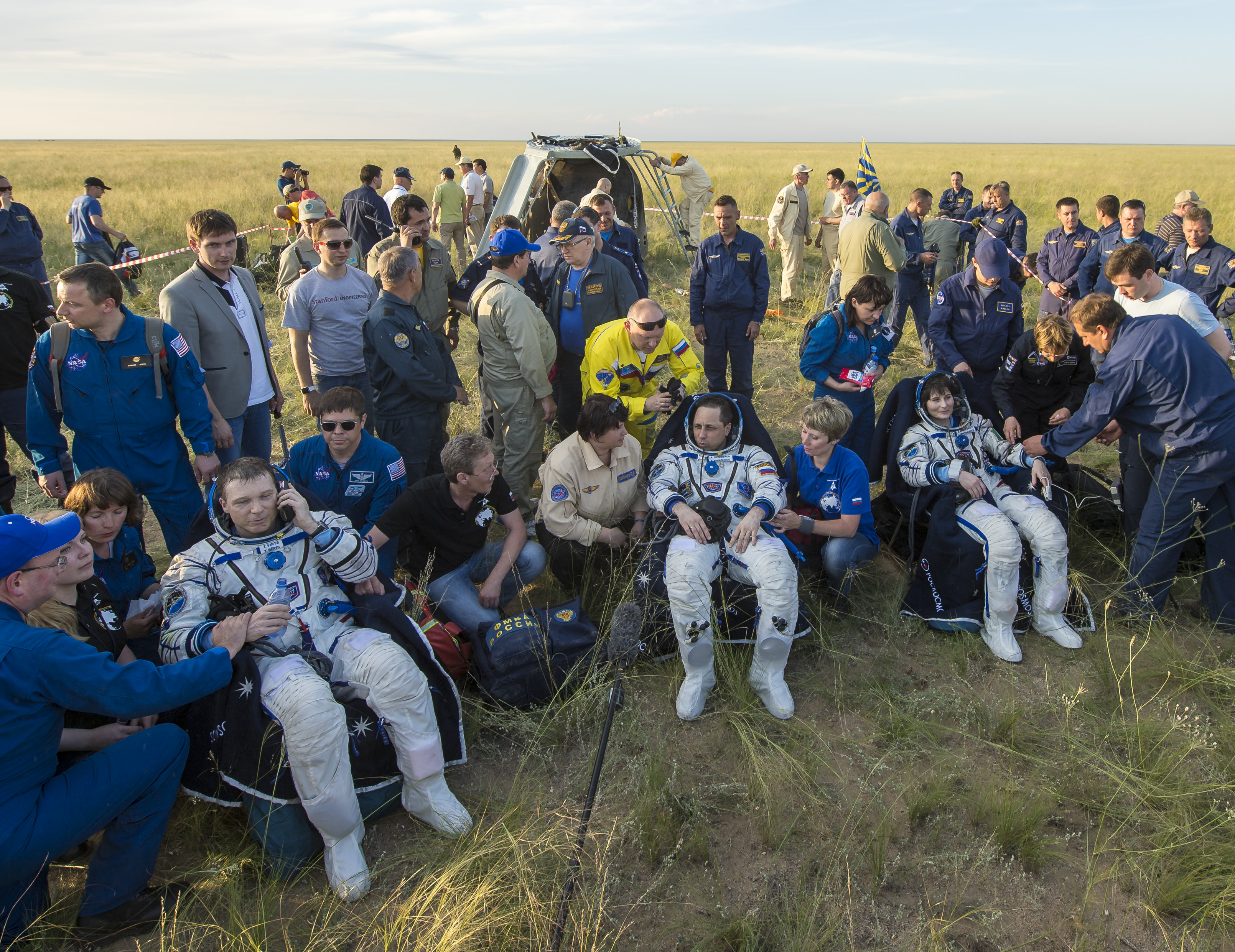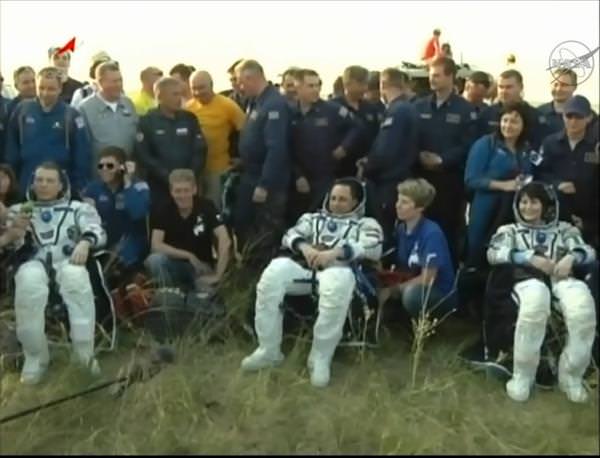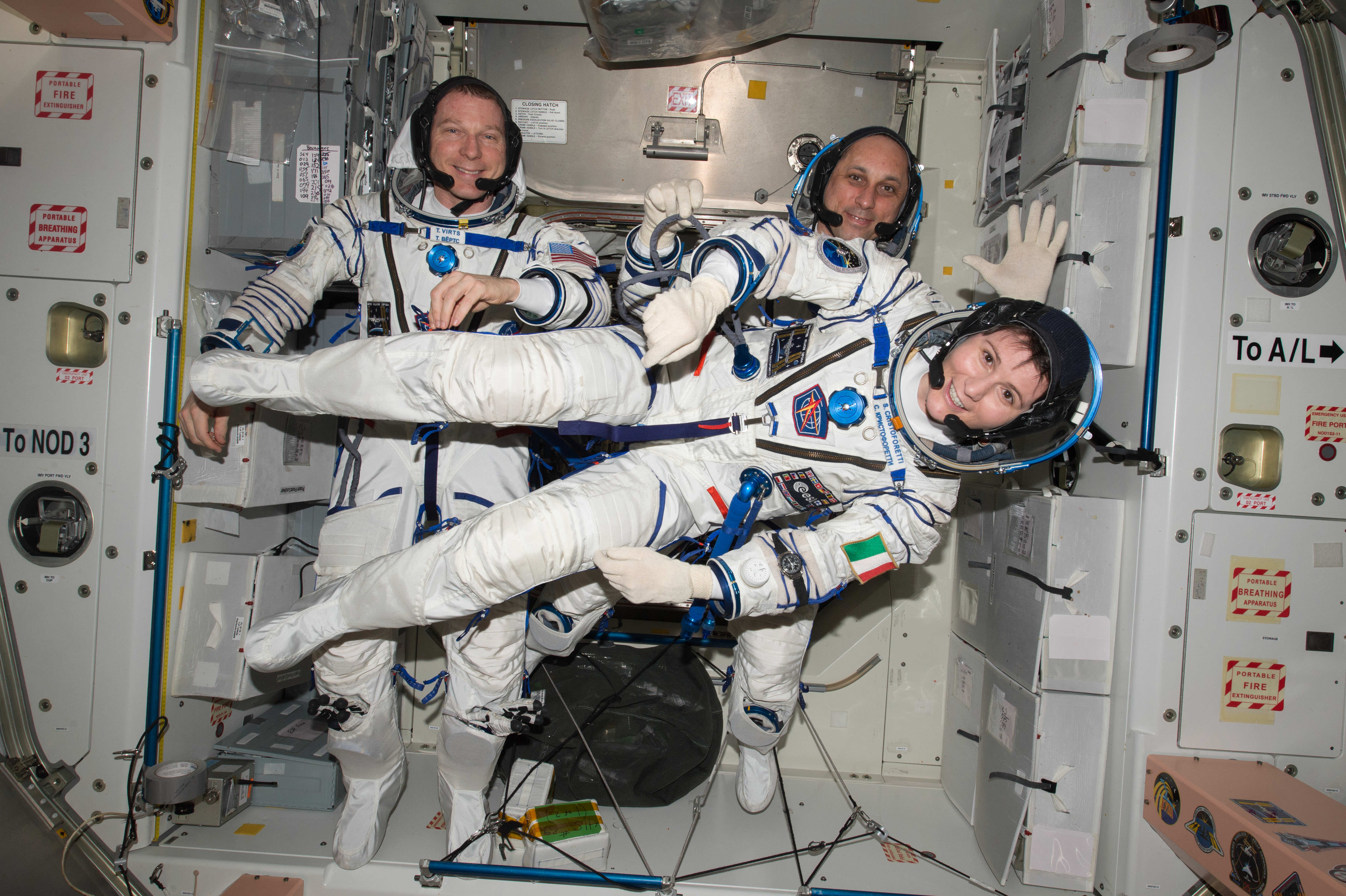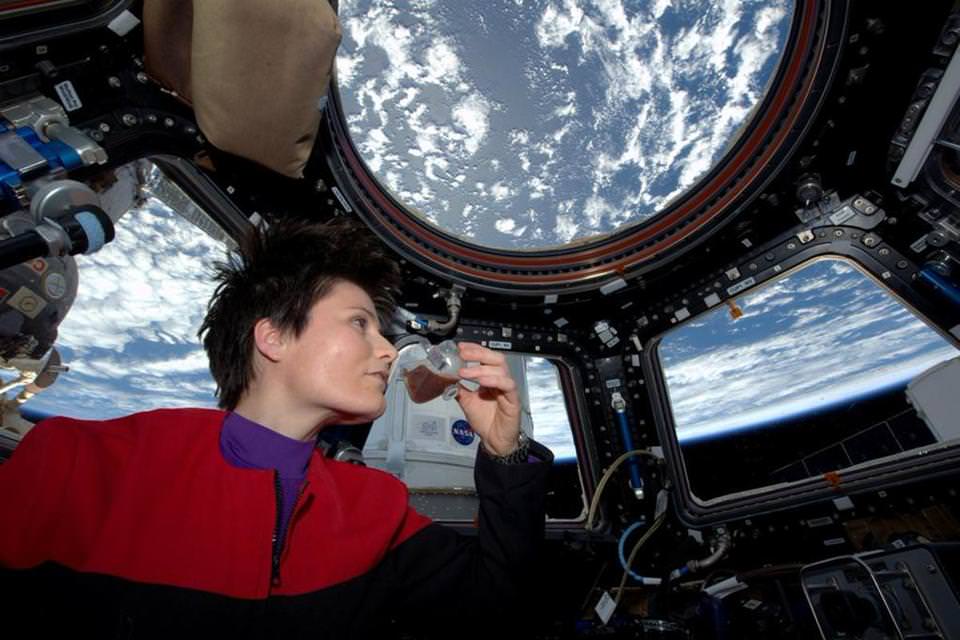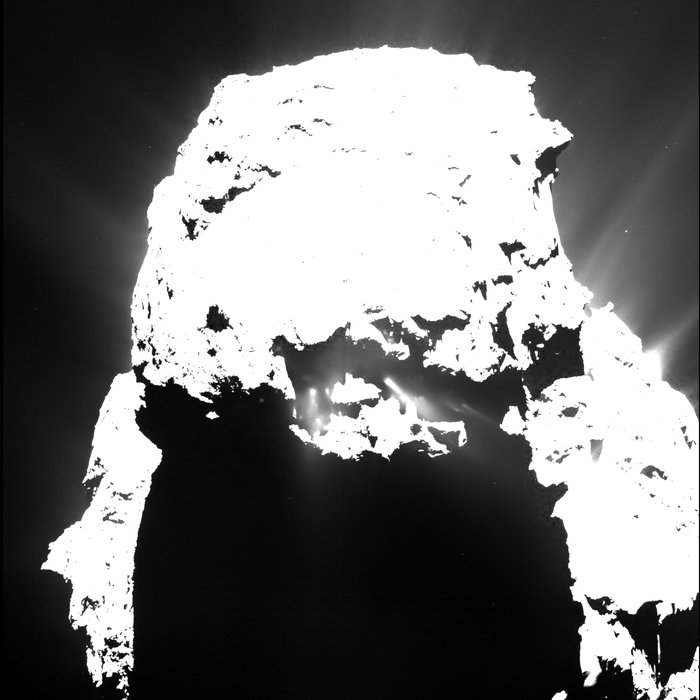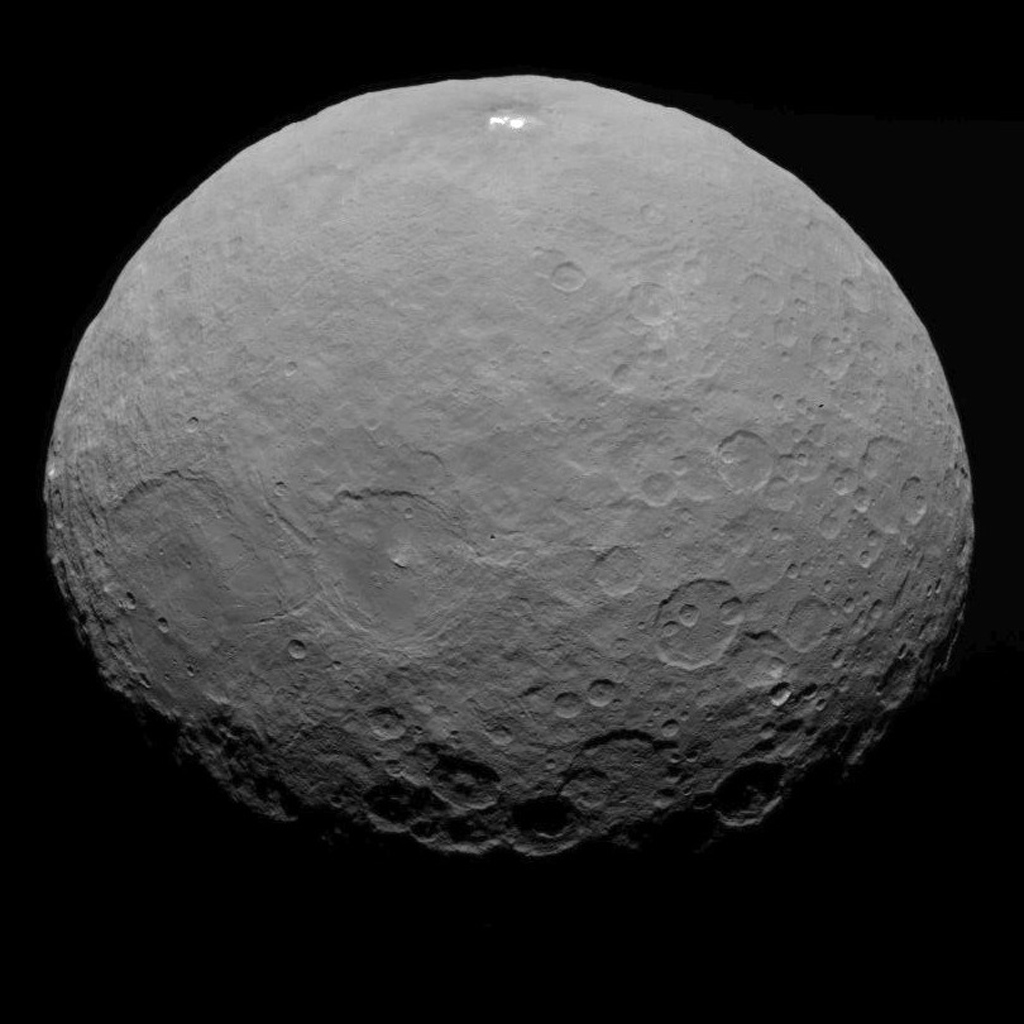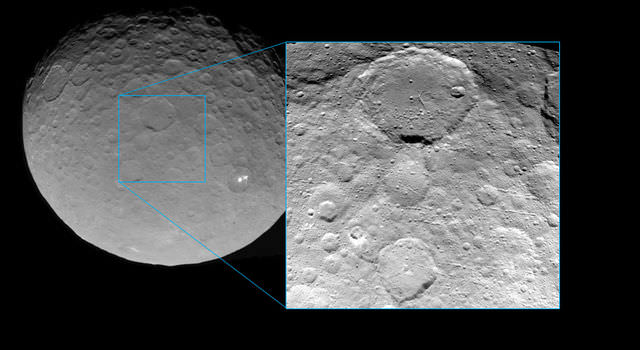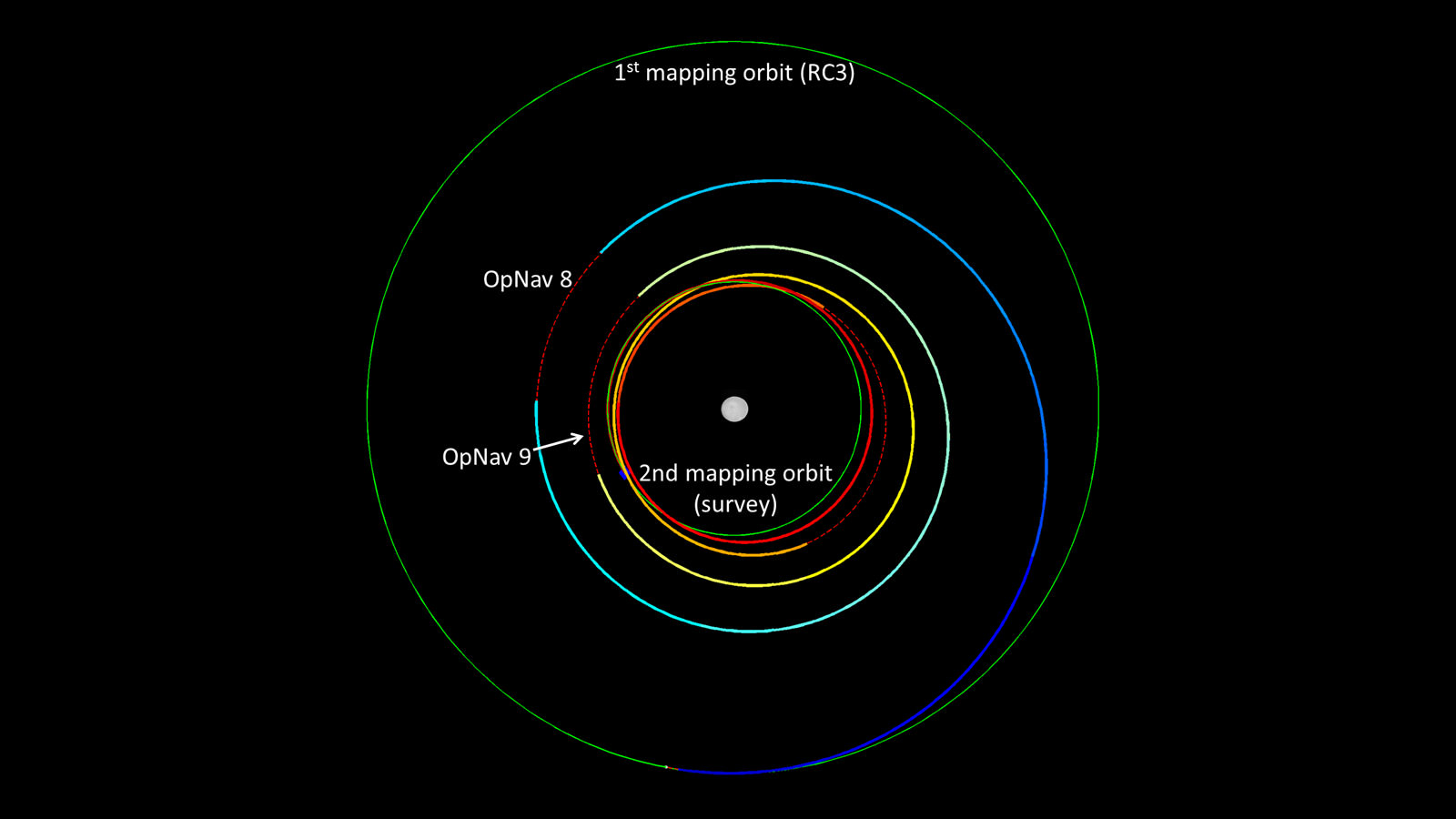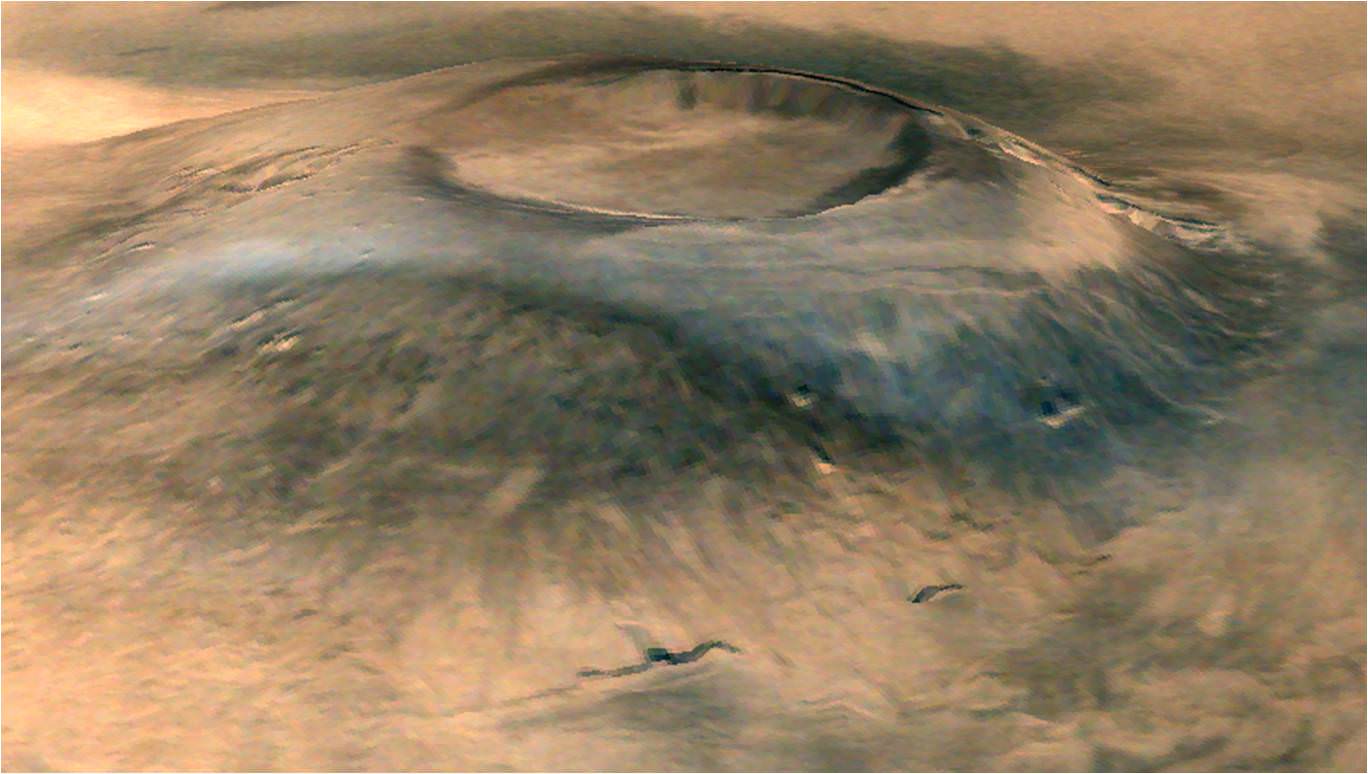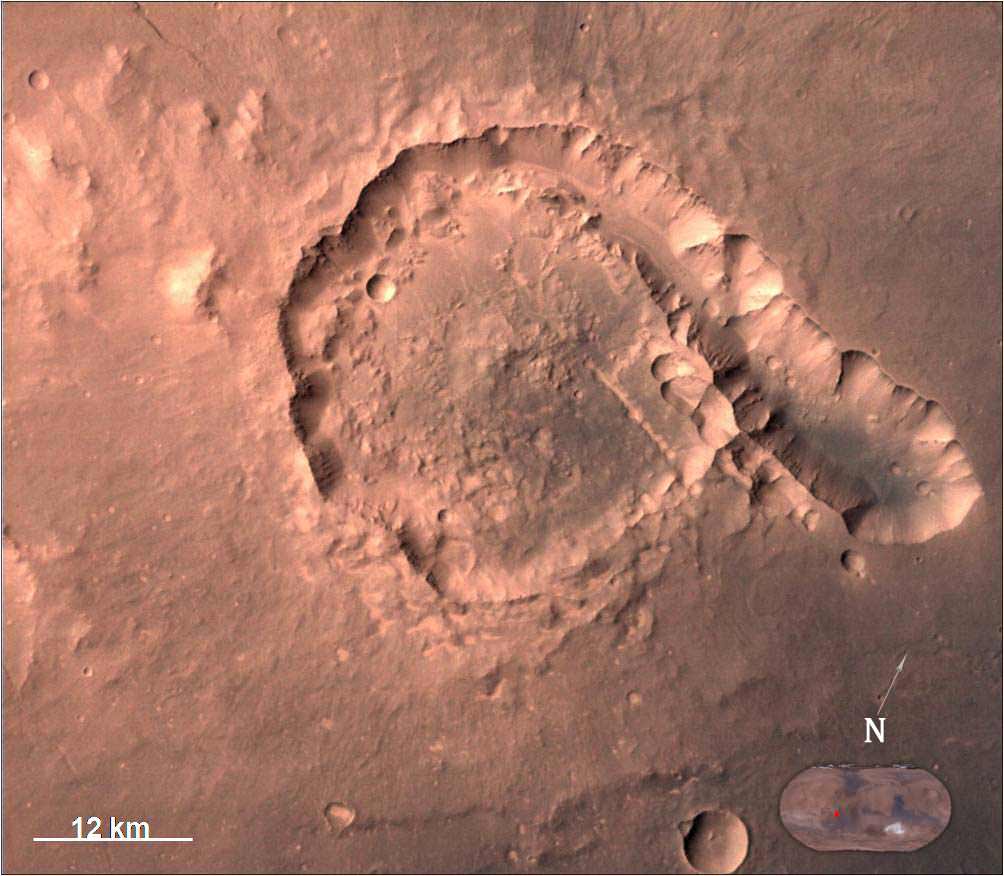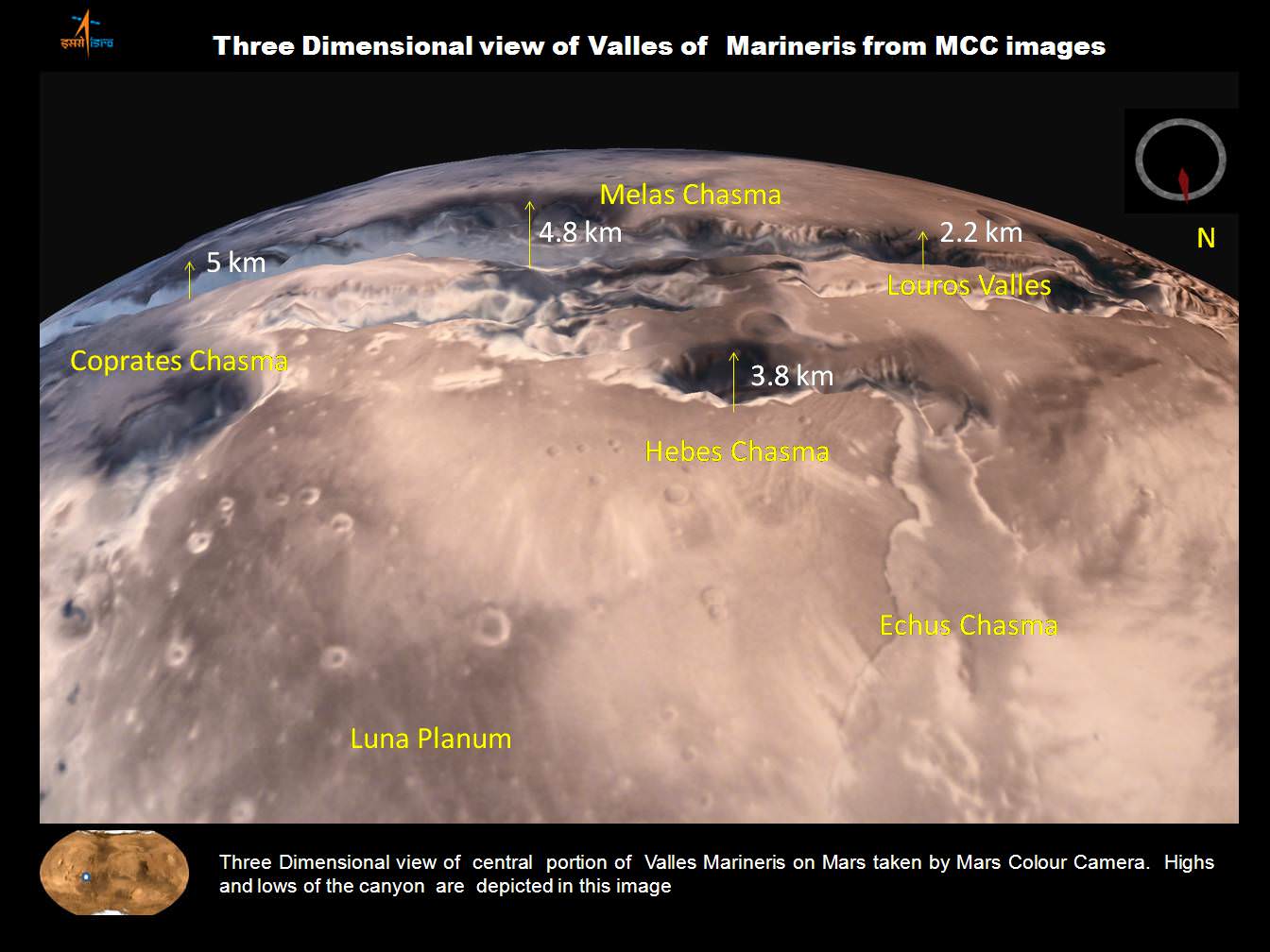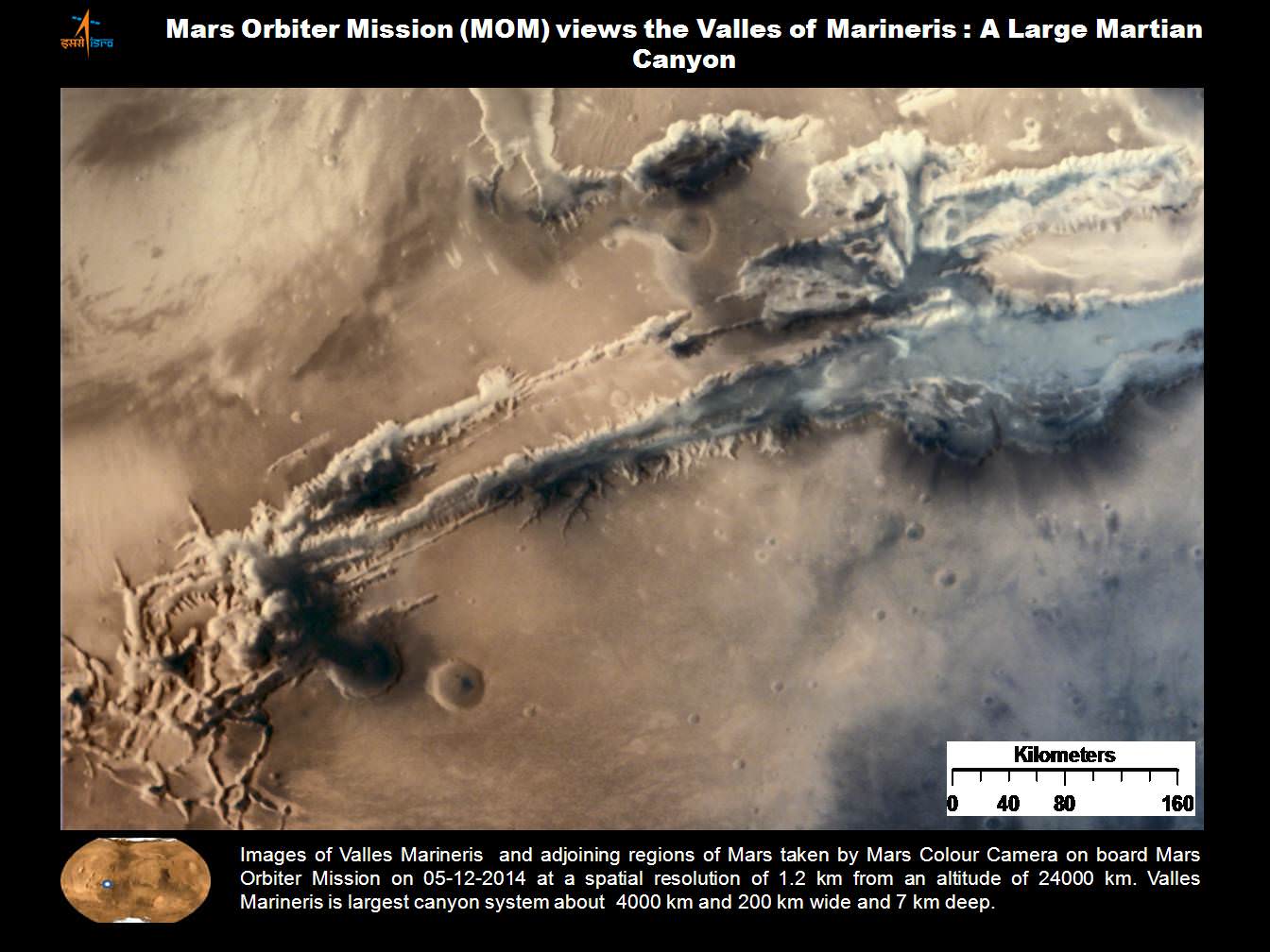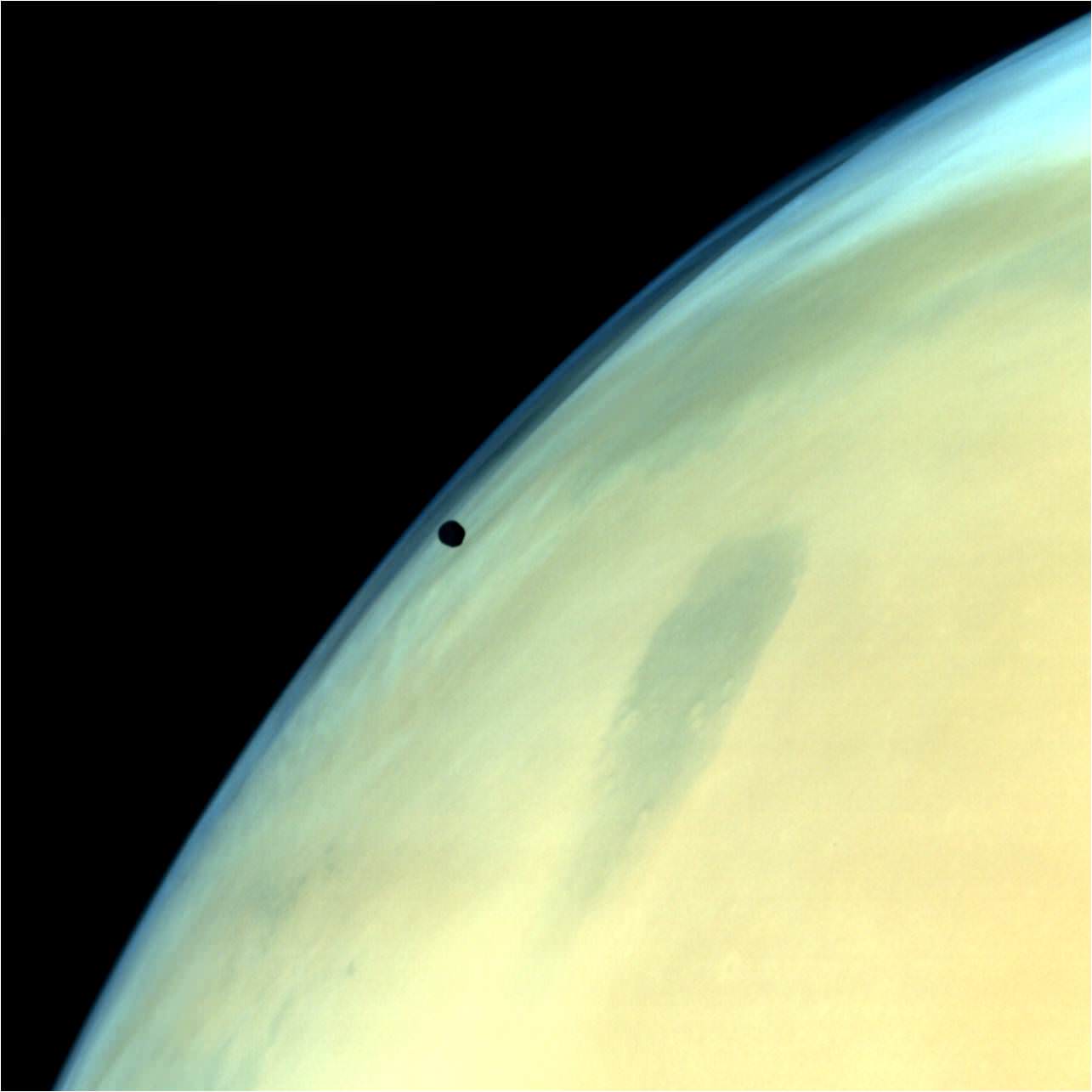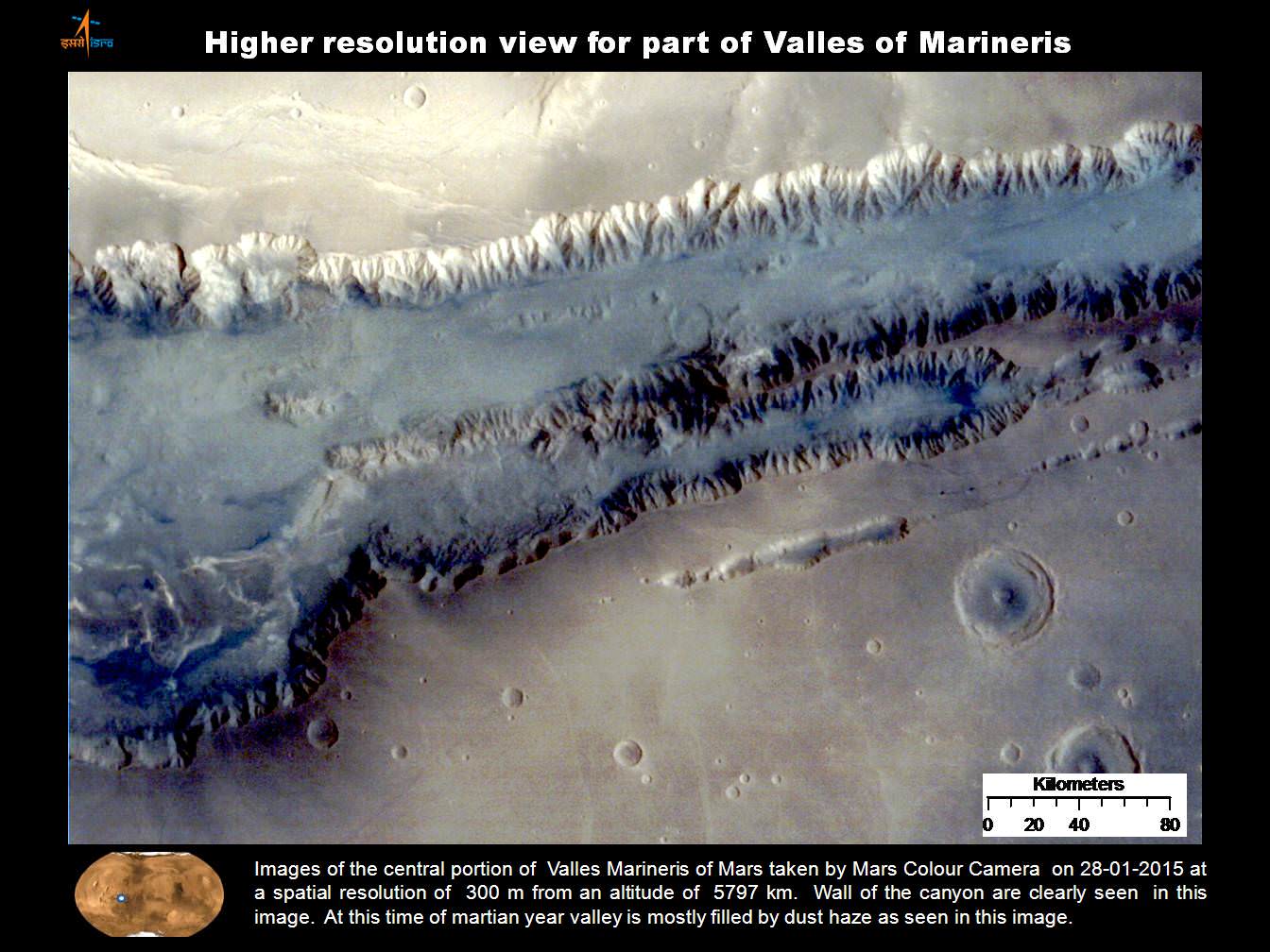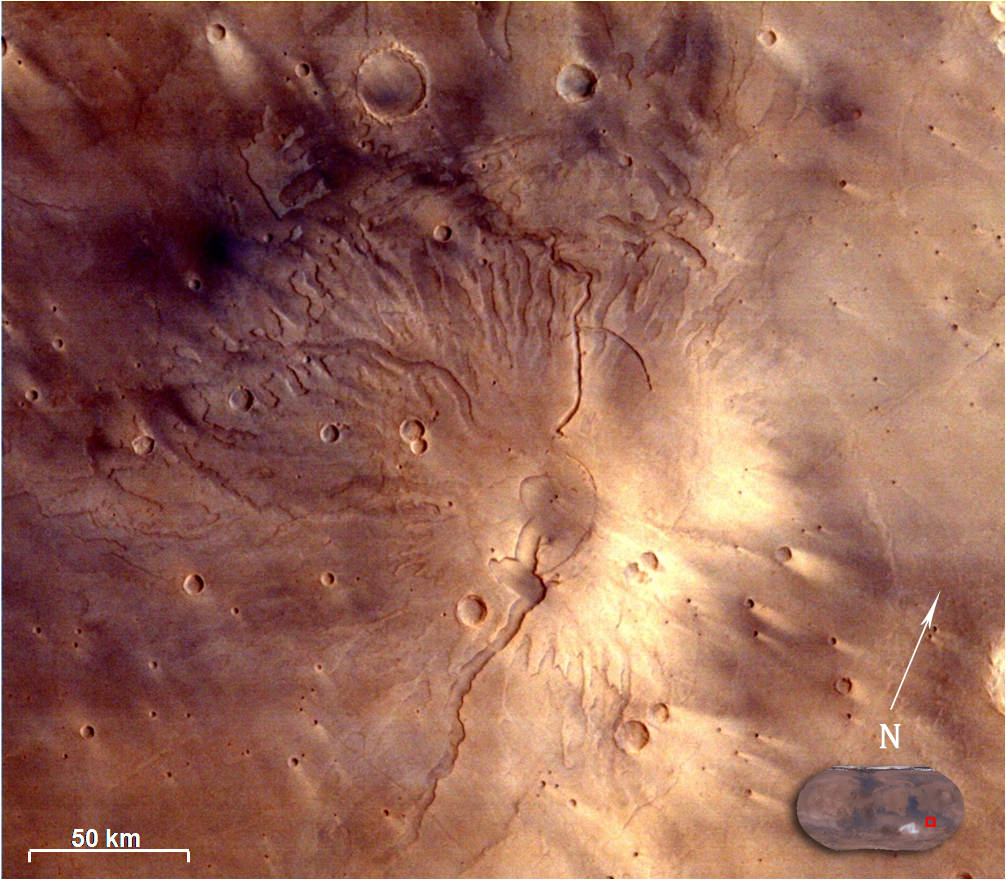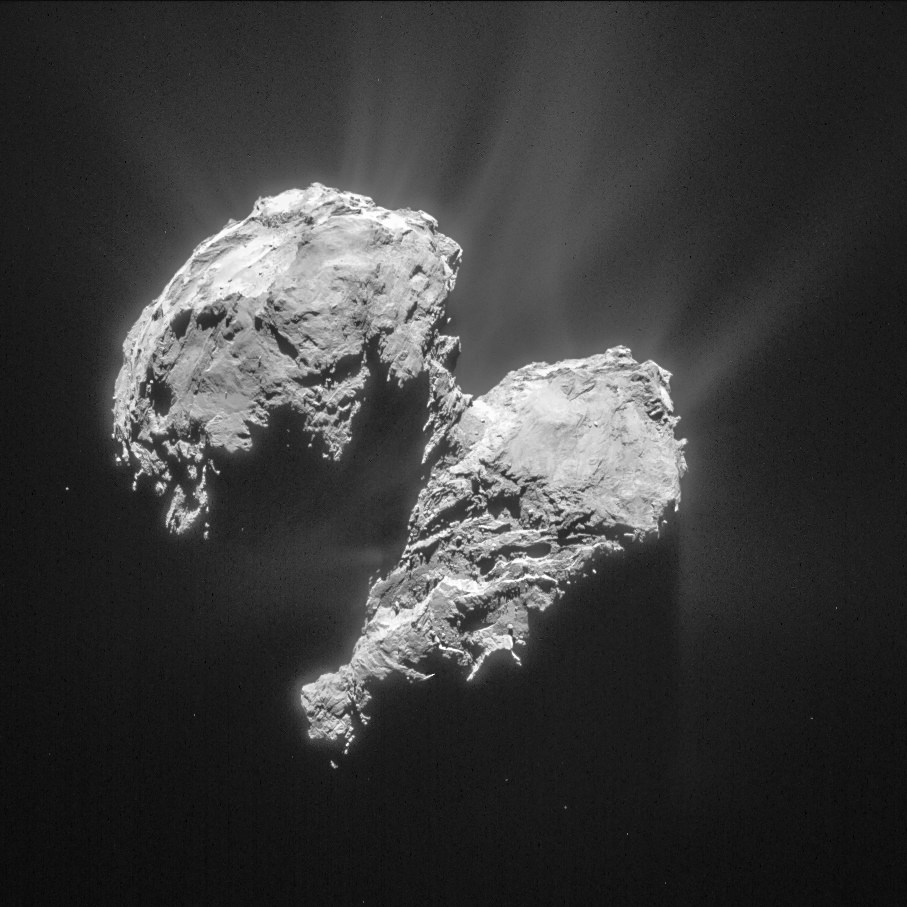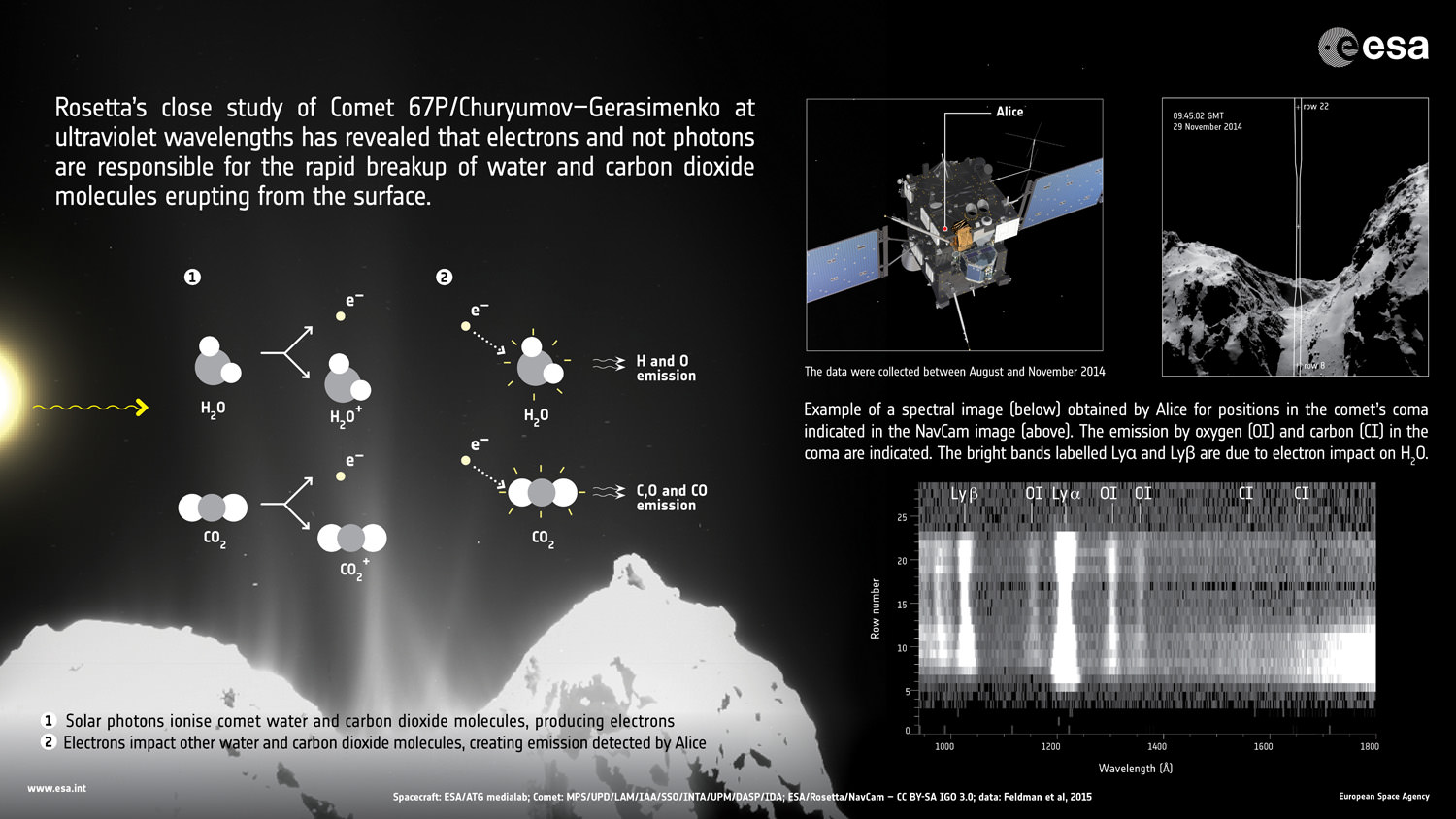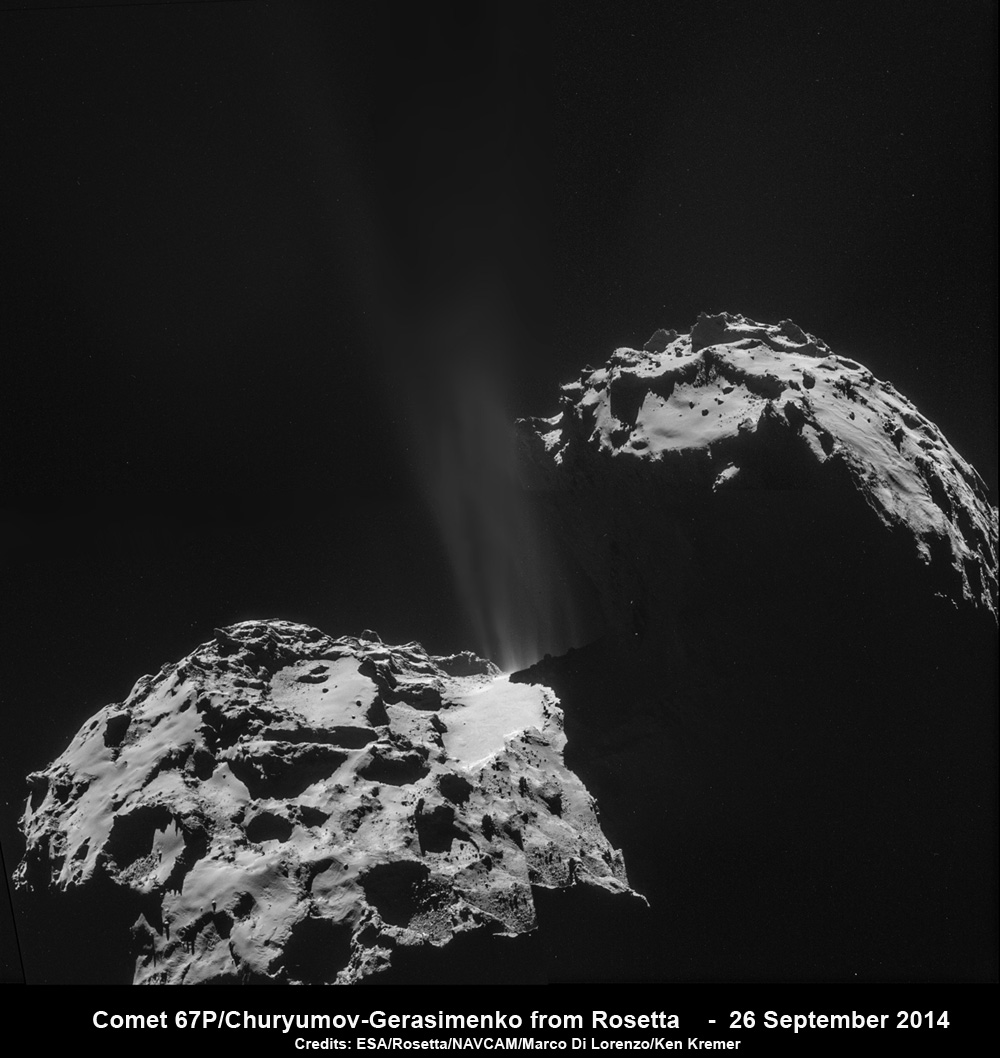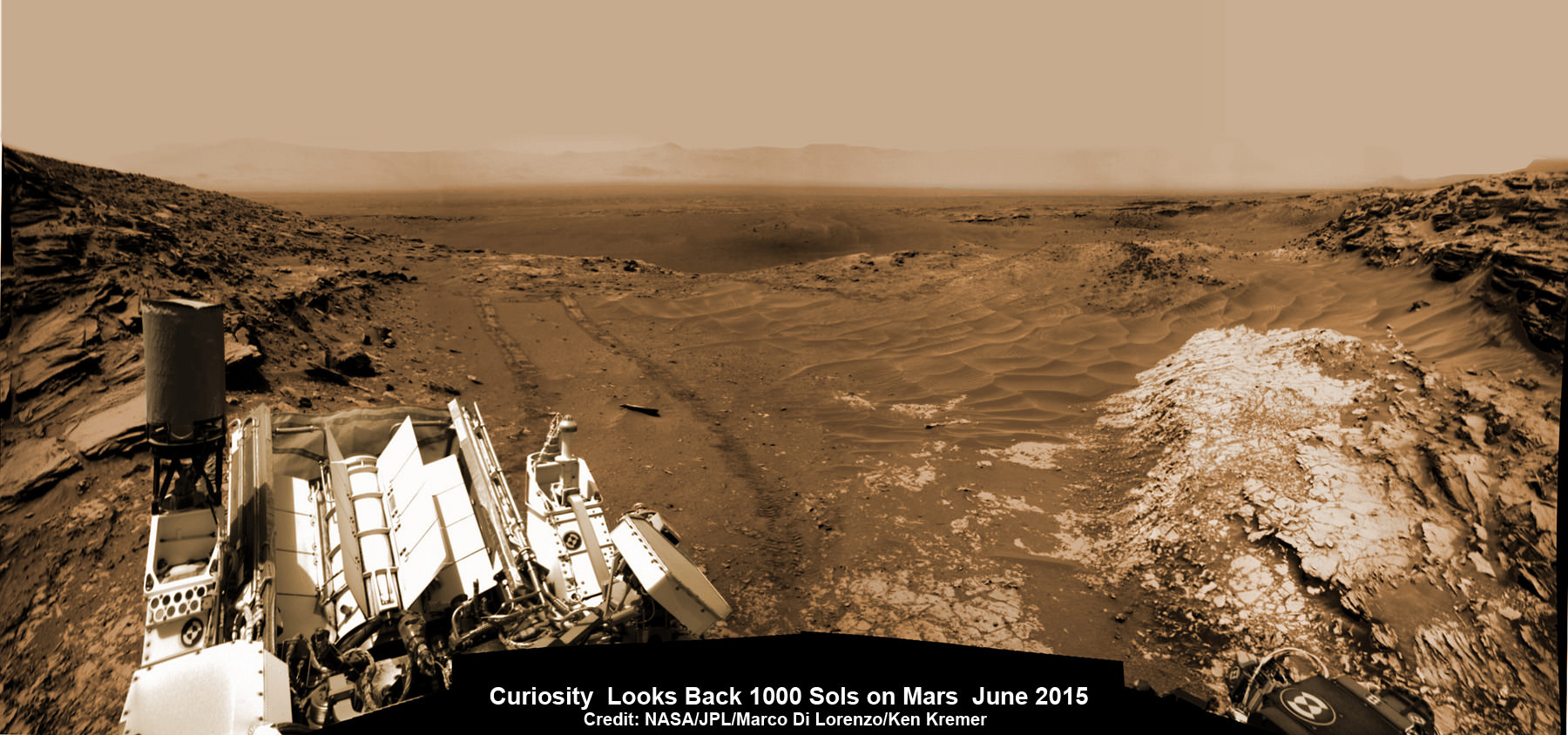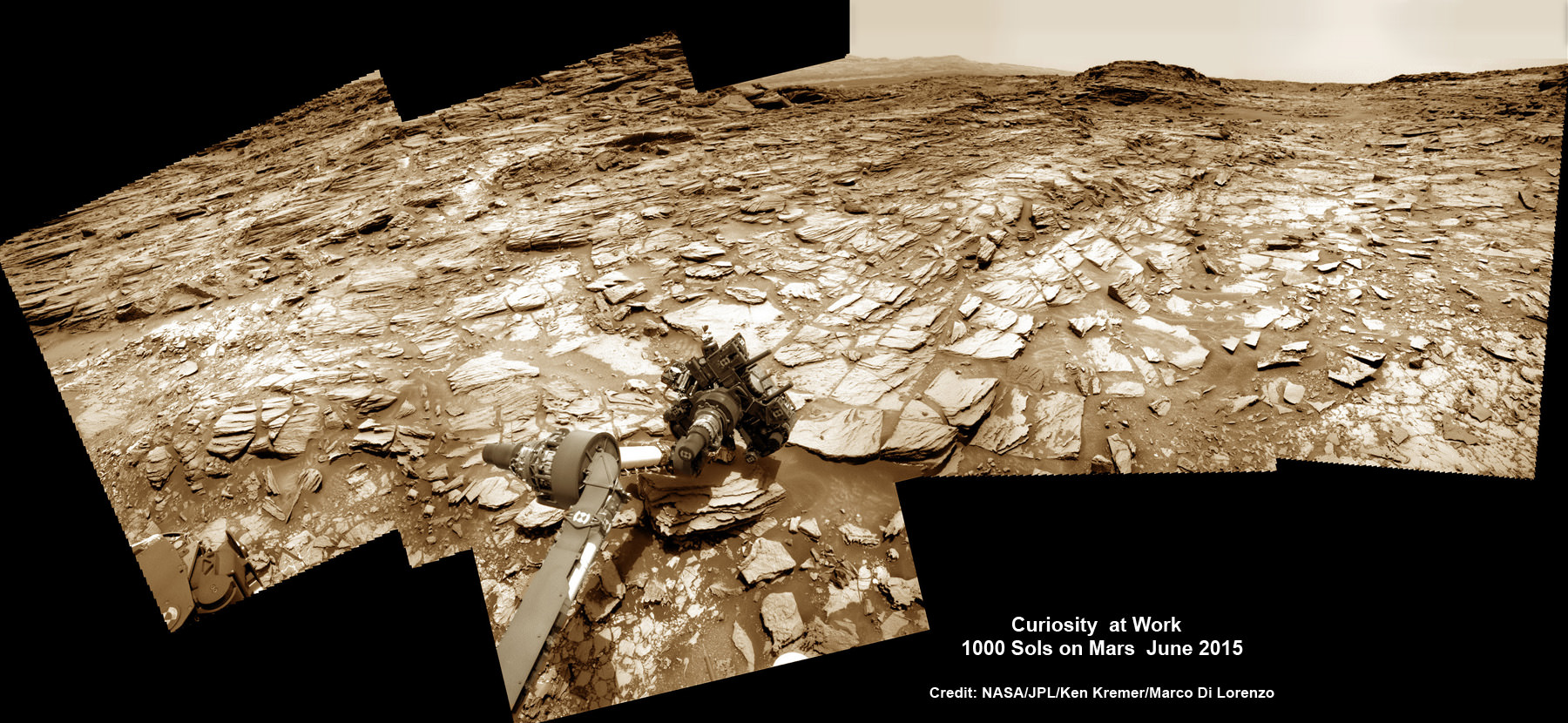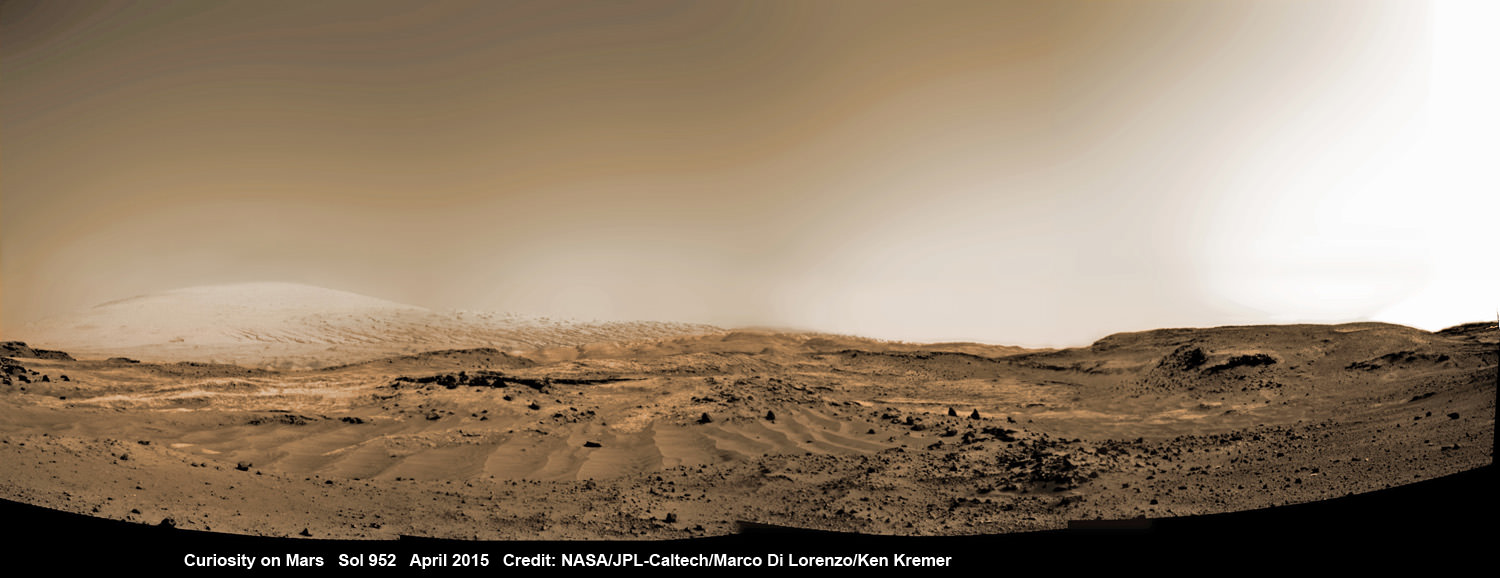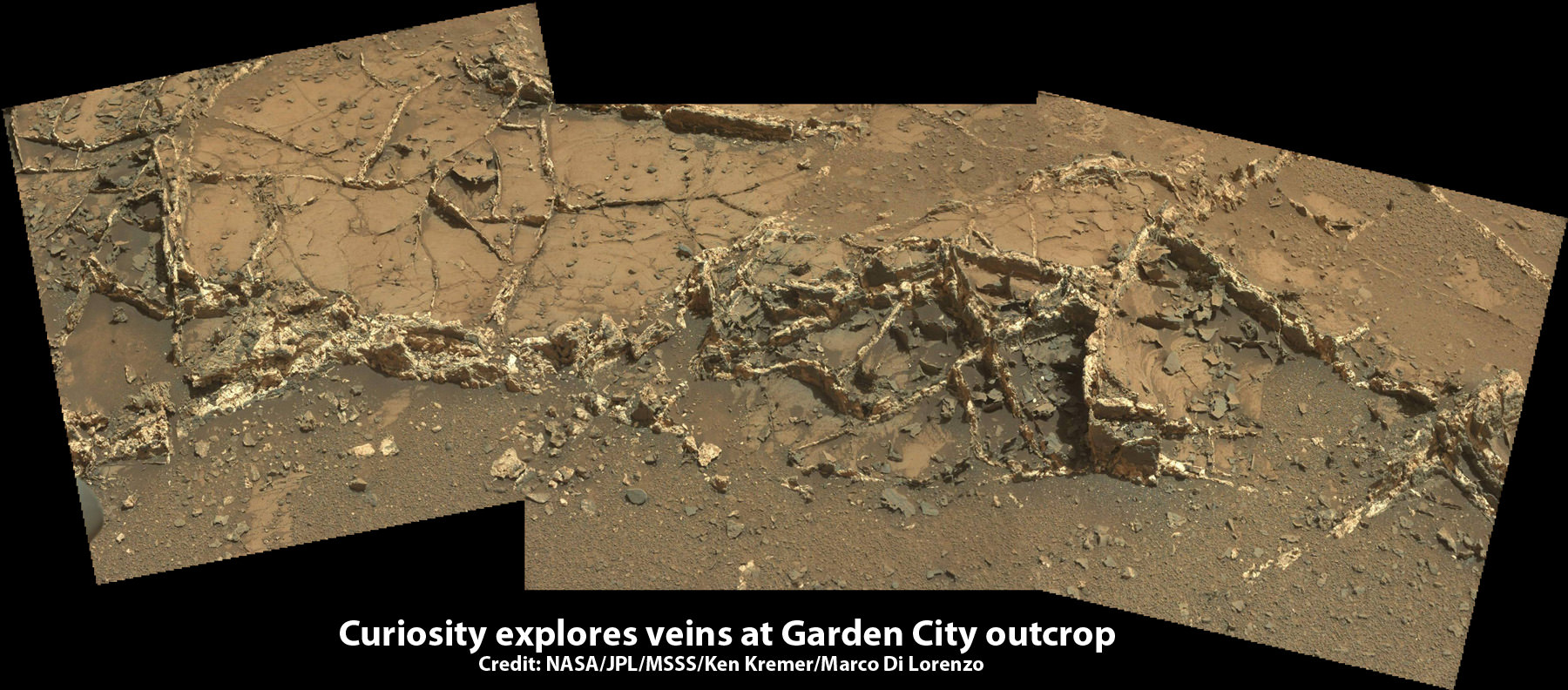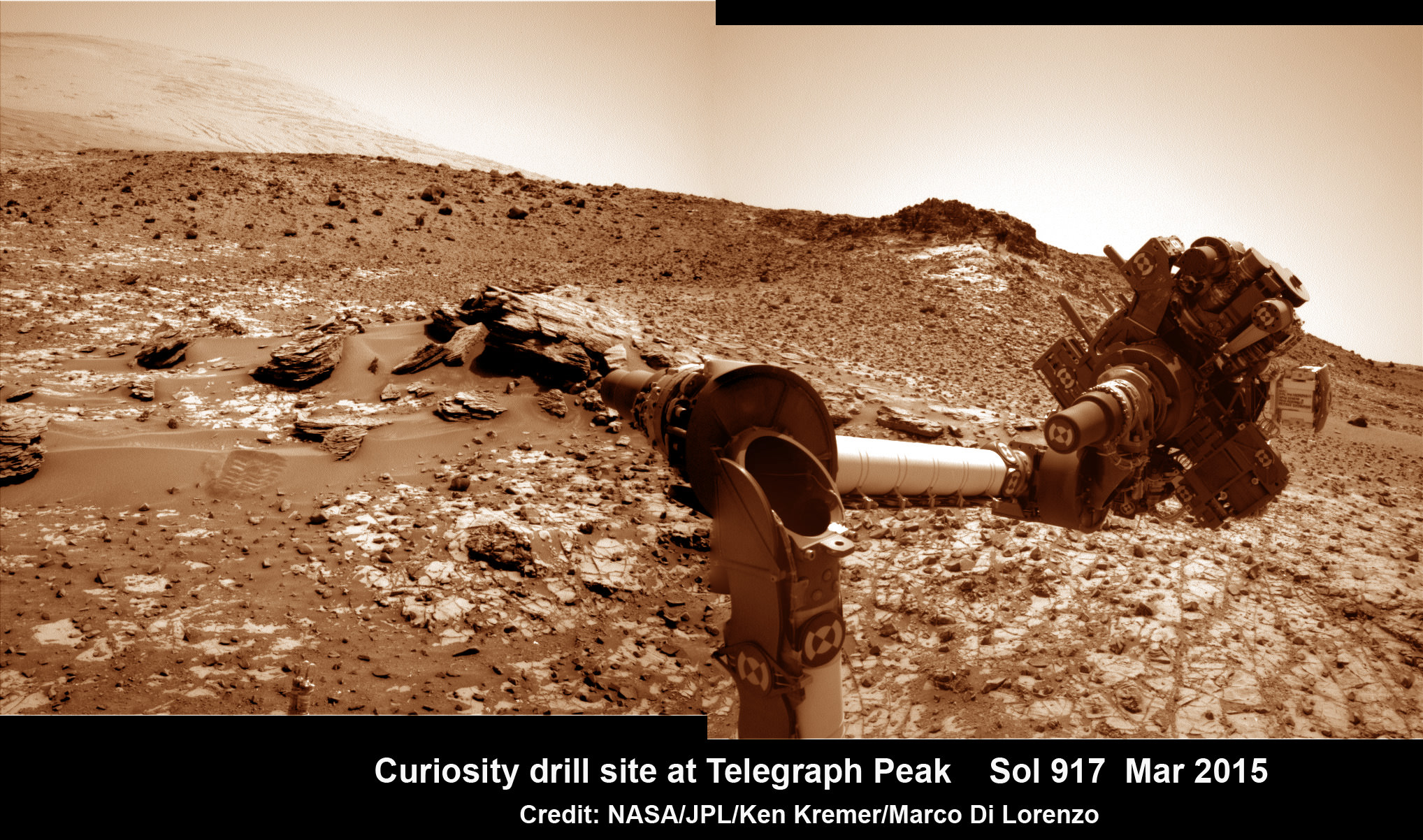NASA’s two small MarCO CubeSats will be flying past Mars in 2016 just as NASA’s next Mars lander, InSight, is descending to land on the surface. MarCO, for Mars Cube One, will provide an experimental communications relay to inform Earth quickly about the landing. Credits: NASA/JPL-Caltech
See fly by and cubesat spacecraft graphics and photos below[/caption]
CubeSats are taking the next great leap for science – departing Earth and heading soon for the fourth rock from the Sun.
For the first time, two tiny CubeSat probes will launch into deep space in early 2016 on their first interplanetary expedition – aiming for the Red Planet as part of an experimental technology relay demonstration project aiding NASA’s next Mission to Mars; the InSight lander.
NASA announced the pair of briefcase-sized CubeSats, called Mars Cube One or MarCO, as a late and new addition to the InSight mission, that could substantially enhance communications options on future Mars missions. They were designed and built by NASA’s Jet Propulsion Laboratory (JPL), Pasadena, California.
InSight, which stands for Interior Exploration Using Seismic Investigations, Geodesy and Heat Transport, is a stationary lander. It will join NASA’s surface science exploration fleet currently comprising of the Curiosity and Opportunity missions which by contrast are mobile rovers.
InSight is the first mission to understand the interior structure of the Red Planet. Its purpose is to elucidate the nature of the Martian core, measure heat flow and sense for “Marsquakes.”
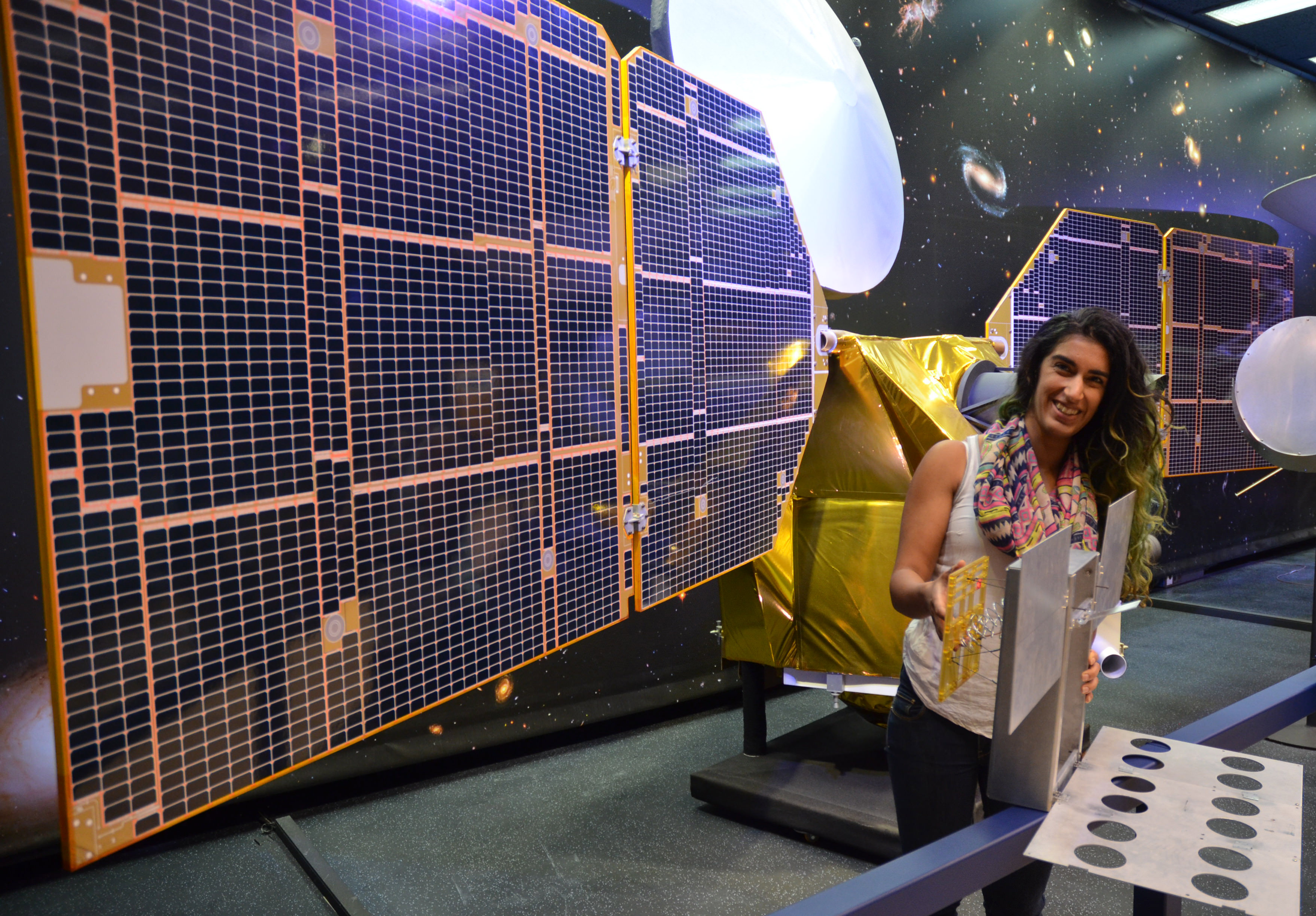
Because of their small size – roughly 4 inches (10 centimeters) square) – and simplicity using off-the-shelf components, they are a favored platform for university students and others seeking low cost access to space – such as the Planetary Society’s recently successful Light Sail solar sailing cubesat demonstration launched in May. Six units are combined together to create MarCO.
Over the past few years many hundreds of cubesats have already been deployed in Earth orbit – including many dozens from the International Space Station (ISS) – but these will be the first going far beyond our Home Planet.
Data relayed by MarCO at 8 kbps in real time could reveal InSight’s fate on the Martian surface within minutes to mission controllers back on Earth, rather than waiting for a potentially prolonged period of agonizing nail-biting lasting an hour or more.
The two probes, known as MarCO-A and MarCO-B, will operate during InSight’s highly complex entry, descent and landing (EDL) operations as it descends through the thin Martian atmosphere. Their function is merely to quickly relay landing data. But the cubesats will have no impact on the ultimate success of the mission. They will intentionally sail by but not land on Mars.
“MarCO is an experimental capability that has been added to the InSight mission, but is not needed for mission success,” said Jim Green, director of NASA’s planetary science division at the agency’s headquarters in Washington, in a statement.
The MarCO Cubesats will serve as a test bed for a revolutionary communications mode that seeks to quickly relay data back to Earth about the status of InSight – in real time – as it plummets down to the Red Planet for the “Seven Minutes of Terror” that hopefully climaxes with a soft landing.
The MarCO duo will fly by past Mars at a planned distance and altitude of about 3,500 kilometers as InSight descends towards the surface during EDL operations. They will rapidly retransmit signals coming from the lander in real time, directly back to NASA’s huge Deep Space Network (DSN) receiving dish antennas back on Earth.
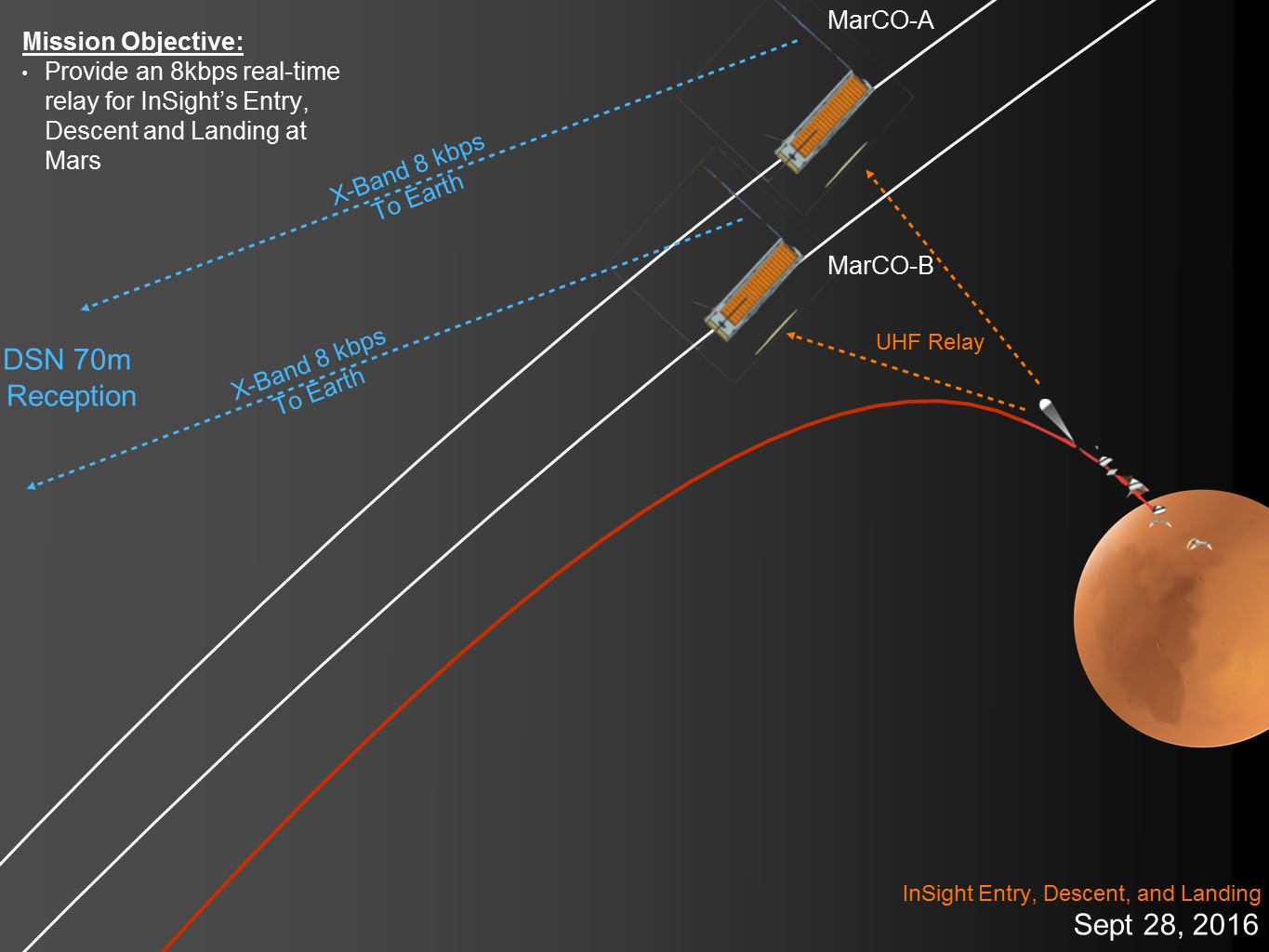
MarCO cubesats fly by trajectory for rapid communications relay as NASA’s InSight spacecraft lands on Mars in September 2016. Credit: NASA/JPL-Caltech
For this flight, six cubesats will be joined together to provide the additional capability required for the journey to Mars and to accomplish their communications task.
The six-unit MarCO CubeSat has a stowed size of about 14.4 inches (36.6 centimeters) by 9.5 inches (24.3 centimeters) by 4.6 inches (11.8 centimeters) and weighs 14 kilograms.
The solar powered probes will be outfitted with UHF and X-band communications gear as well as propulsion, guidance and more.
The overall cost to design, build, launch and operate MarCO-A and MarCO-B is approximately $13 million, a NASA spokesperson told Universe Today.
InSight and MarCO are slated to blastoff together on March 4, 2016 atop a United Launch Alliance Atlas V rocket from Vandenberg Air Force Base, California.
After launch, both MarCO CubeSats will separate from the Atlas V booster and travel along their own trajectories to the Red Planet.
“MarCO will fly independently to Mars,” says Green.
They will be navigated independently from InSight. They will all reach Mars at approximately the same time for InSight’s landing slated for Sept. 28, 2016.
MarCO’s two solar panels and two radio antennas will unfurl after being released from the Atlas booster. The high-gain, X-band antenna is a flat panel engineered to direct radio waves the way a parabolic dish antenna does,” according to a NASA description.
The softball-size radio “provides both UHF (receive only) and X-band (receive and transmit) functions capable of immediately relaying information received over UHF.”

During EDL, InSight will transmit landing data via UHF radio to the MarCO cubesats sailing past Mars as well as to NASA’s Mars Reconnaissance Orbiter (MRO) soaring overhead.
MarCO will assist InSight by receiving the lander information transmitted in the UHF radio band and then immediately forward EDL information to Earth using the X-band radio. By contrast, MRO cannot simultaneously receive information over one band while transmitting on another, thus delaying confirmation of a successful landing possibly by an hour or more.
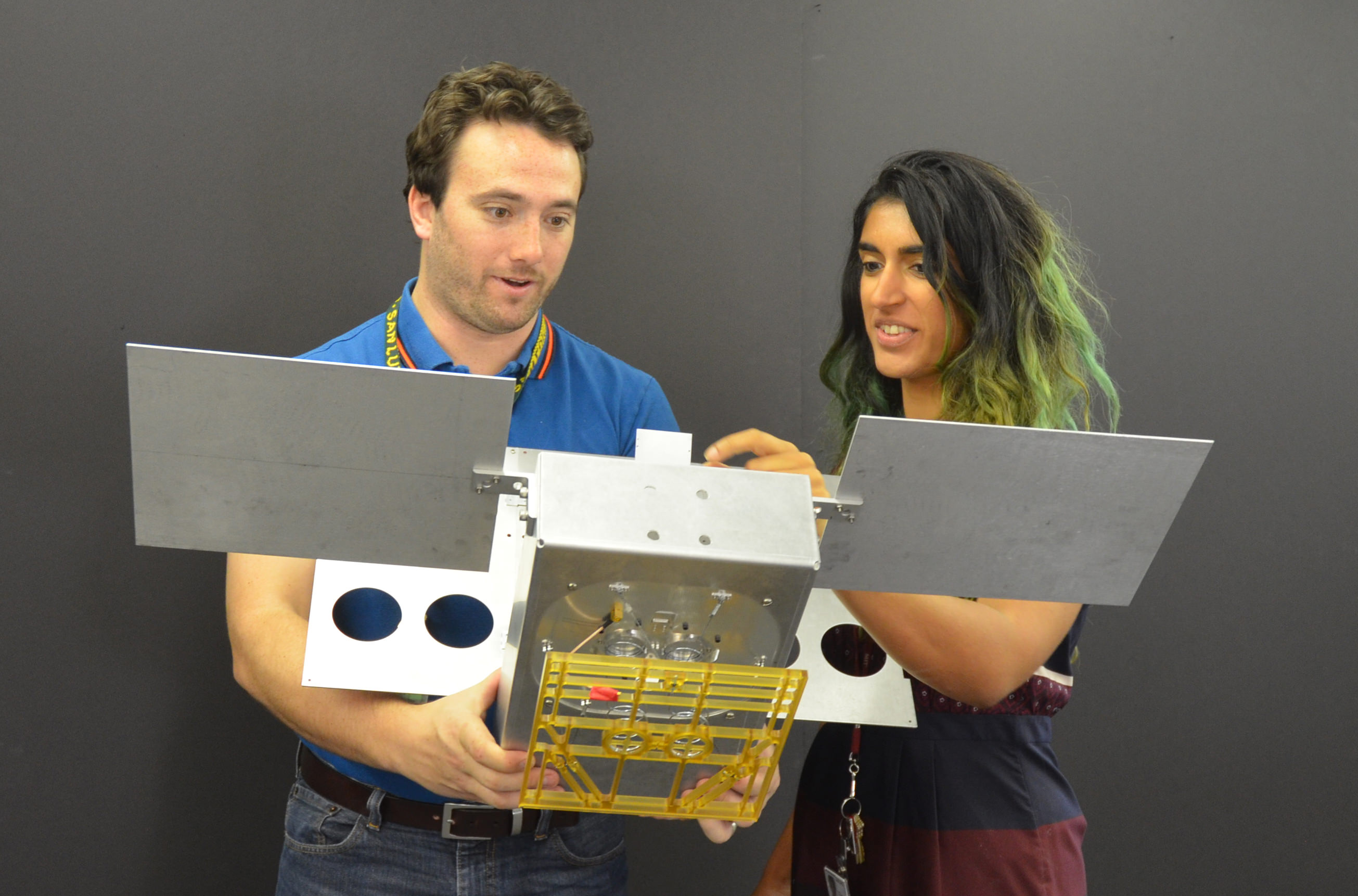
“Ultimately, if the MarCO demonstration mission succeeds, it could allow for a “bring-your-own” communications relay option for use by future Mars missions in the critical few minutes between Martian atmospheric entry and touchdown,” say NASA officials.
It’s also very beneficial and critical to the success of future missions to have a stream of data following the progress of past missions so that lessons can be learned and applied, whatever the outcome.
“By verifying CubeSats are a viable technology for interplanetary missions, and feasible on a short development timeline, this technology demonstration could lead to many other applications to explore and study our solar system,” says NASA.
InSight will smash into the Martian atmosphere at high speeds of approximately 13,000 mph in September 2016 and then decelerate within a few minutes for landing via a heat shield, retro rocket and parachute assisted touchdown on the plains at flat-lying terrain at “Elysium Planitia,” some four degrees north of Mars’ equator, and a bit north of the Curiosity rover.
As I reported in recently here, InSight has now been assembled into its flight configuration and begun a comprehensive series of rigorous environmental stress tests that will pave the path to launch in 2016 on a mission to unlock the riddles of the Martian core.
The countdown clock is ticking relentlessly towards liftoff in less than nine months time in March 2016.

Stay tuned here for Ken’s continuing Earth and planetary science and human spaceflight news.

